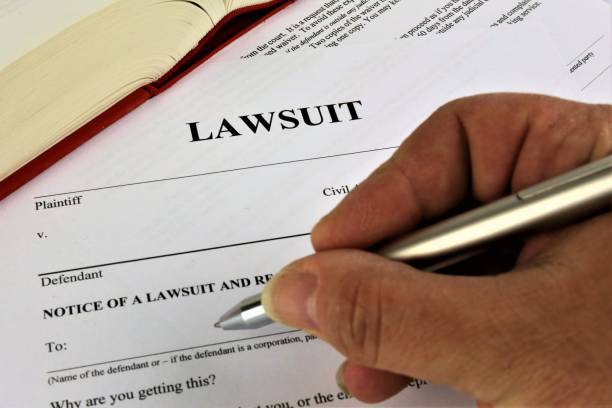Corporate Veil
When you get the dreaded summons in the mail notifying you of a suit with allegations of negligence and defective design and construction on a recent project, you notify your potential liability insurers and believe it will be addressed appropriately. Then you notice that you along with your business are named as defendants. More and more, plaintiffs’ attorneys are naming company owners personally in lawsuits, a strategy wherein counsel for plaintiffs attempt to “pierce the corporate veil.” Piercing the corporate veil, if successful, provides a party an avenue to pass through the protection of corporate structure to hold the owners, shareholders or members of a corporation or LLC personally liable for debts, actions, damages and more. Many contractors, especially those with small corporations or LLCs, think that once they form their corporation, they are protected or “bullet proof” against personal liability. To the contrary, there are many prerequisites, statutory and procedural, that must be met in order for your corporate structure to enjoy insulation from potential individual liability.
BACKGROUND
We see problems arise most often in small, closely held companies where the owners/officers also are engaged in the day-to-day field operations, and there is very little separation between the corporate structure and the individual owners and/or officers. They are not necessarily thinking about regularly held formal meetings and minutes or drafting and adhering to required business organizational documents such as by laws. This conduct is the very thing that can expose them to personal liability. In many jurisdictions while there is a strong presumption against piercing the corporate veil, it does not guarantee that individual owners and/or officers will be able to extricate themselves easily from civil litigation where they are named personally. Be assured that counsel for plaintiffs will not consent to a dismissal when individual defendants can be driven to pressure their liability carriers to resolve claims to prevent individual financial exposure. In the alternative, many owners and officers will contemplate bankruptcy of the company and themselves to protect whatever assets they hold as individuals.
Read the rest of the article here.
